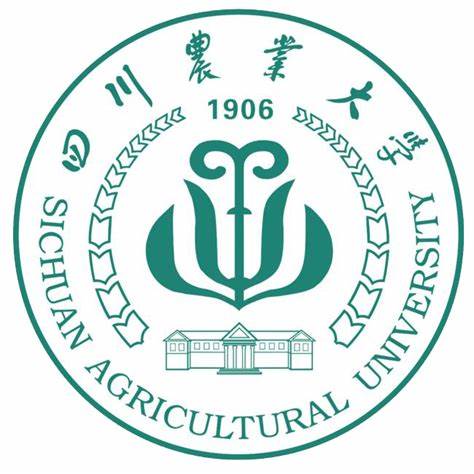Major and stably expressed QTL for traits related to the mature wheat embryo independent of kernel size
作者: 刁圣轩 审稿人:魏育明 时间: 2023-06-08 点击次数:次
https://link.springer.com/article/10.1007/s00122-023-04346-6
Theoretical and Applied Genetics,volume136, Article number:90(2023)
Surong Wang,Tianyu Wang,Qijing Xuan,Xiangru Qu,Qiang Xu,Qiantao Jiang,Zhien Pu,Yang Li,Yunfeng Jiang,Guoyue Chen,Mei Deng,Yanling Liu,Huaping Tang,Guangdeng Chen,Yuanjiang He,Lulu Gou,Yuming Wei,Youliang Zheng&Jian Ma
Abstract
Key Message
Two major and stably expressed QTL for traits related to mature wheat embryo independent of kernel size were identified and validated in a natural population that contained 171 Sichuan wheat accessions and 49 Sichuan wheat landraces.
Abstract
As the juvenile of a highly differentiated plant, mature wheat (Triticum aestivumL.) embryos are highly significant to agricultural production. To understand the genetic basis of traits related to wheat embryo size, the embryo of mature kernels in a recombination inbred line that contained 126 lines from four environments was measured. The genetic loci of embryo size, including embryo length (EL), embryo width (EW), embryo area (EA), embryo length/kernel length (EL/KL), embryo width/kernel width (EW/KW), and EL/EW, were identified based on a genetic linkage map constructed based on PCR markers and the Wheat 55 K single nucleotide polymorphism (SNP) array. A total of 50 quantitative trait loci (QTL) for traits related to wheat embryo size were detected. Among them,QEL.sicau-2SY-4Afor EL andQEW.sicau-2SY-7Bfor EW were major and stably expressed and were genetically independent of KL and KW, respectively. Their effects were further verified in a natural population that contained 171 Sichuan wheat accessions and 49 Sichuan wheat landraces. Further analysis showed thatTraesCS4A02G343300andTraesCS7B02G006800could be candidate genes forQEL.sicau-2SY-4AandQEW.sicau-2SY-7B,respectively. In addition, significant positive correlations between EL and kernel-related traits and the 1,000-grain weight were detected. Collectively, this study broadens our understanding of the genetic basis of wheat embryo size and will be helpful for the further fine-mapping of interesting loci in the future.


